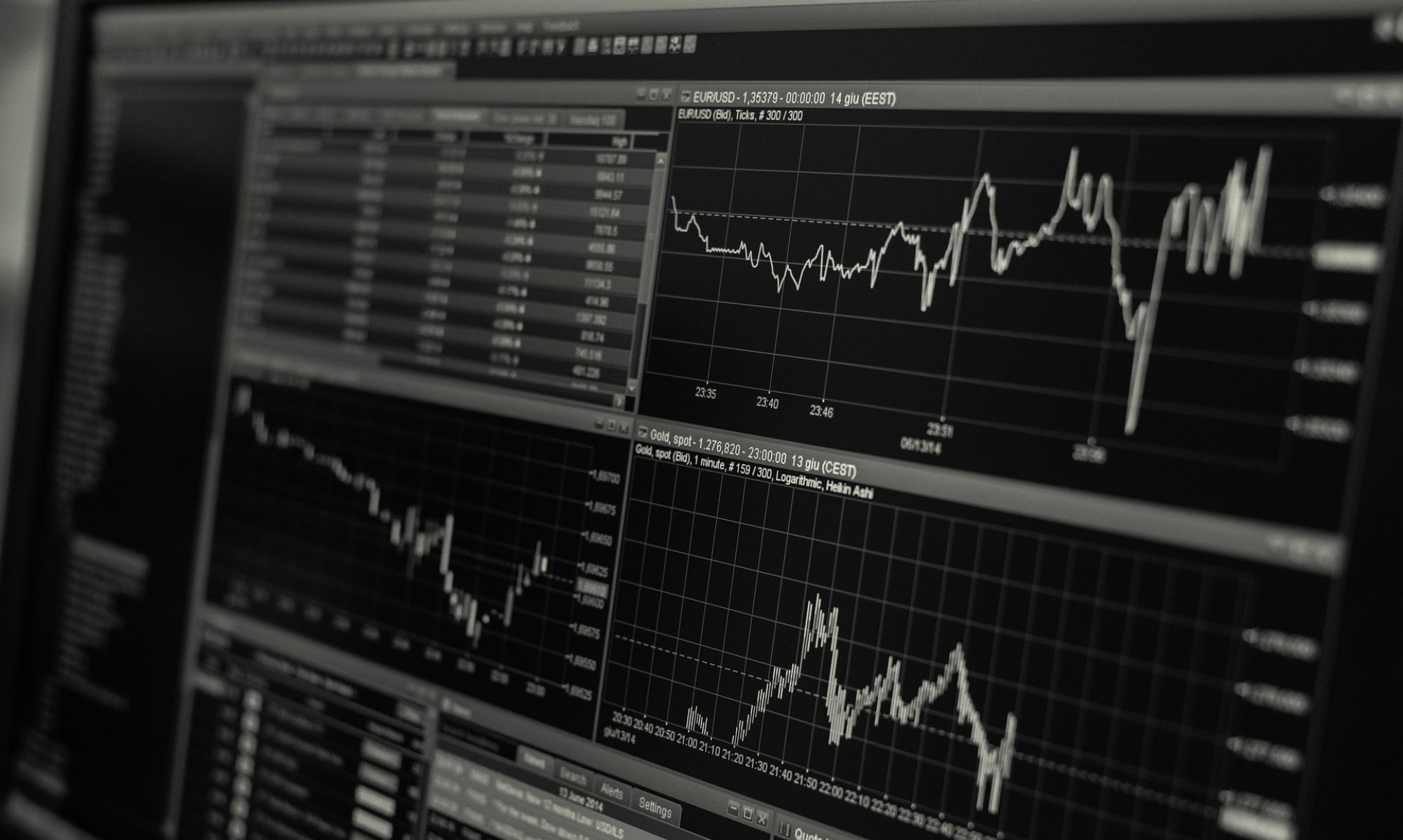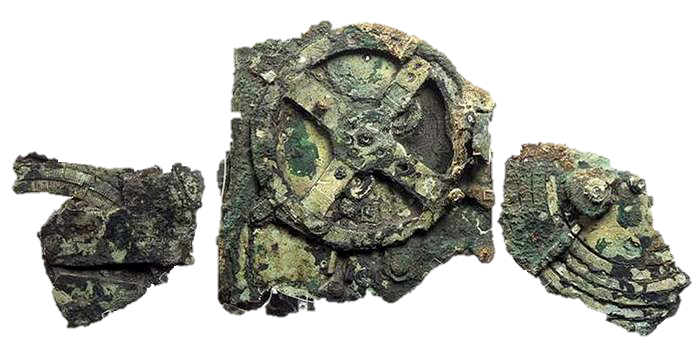Predictive analysis is made possible from constantly growing raw data, also known as unstructured data, made available every second by the internet. Without this constant data, we wouldn’t be able to learn from it and in turn make real-time calculated predictions from it.
To achieve predictive analysis, we need to explore the technological components required to enable this capability. These components include but are not limited to Data Mining, Predictive Modelling and Machine Learning Algorithms. (Bari, Chaouchi and Jung 2017, p.15).
Firstly, to implement predictive analysis we need to define a data set to apply it to, once defined, we can then begin data mining. Data Mining is the process of managing unstructured data by pre-processing it through what’s called predictive modelling to extract patterns and trends that can then be used to convert data into information with a clear purpose for further analysis.
Predictive modelling is achieved using machine learning, a variety of artificial intelligence that studies mathematical computer algorithms and improves them automatically to learn insights for future predictions from data. For example, machine learning can be applied to discover trends in crime based on what day of the week it is, the weather, traffic conditions and so on.
Accenture (2019) offers a simple explanation to machine learning in video below.


